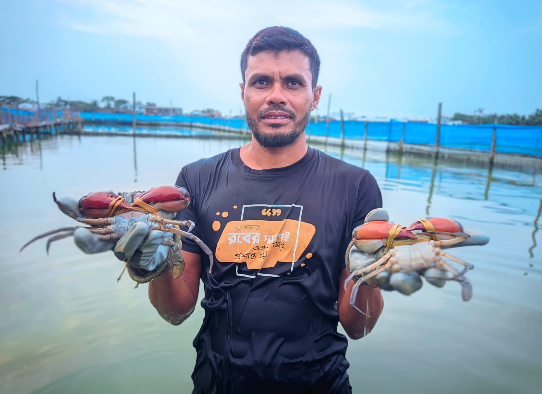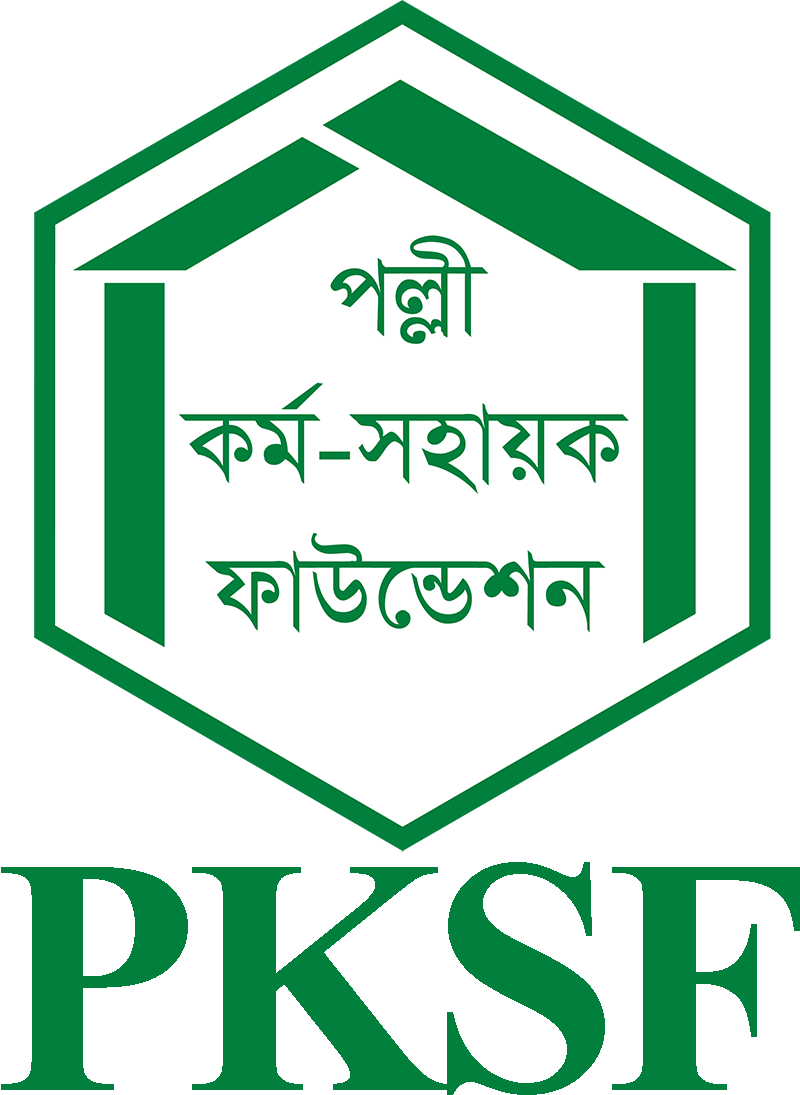
The coastal region of Bangladesh is vulnerable to disasters due to its location and low elevation. Climate change can have a devastating impact on the lives and livelihoods in this area. The vulnerability of the coastal people in Bangladesh can be defined in three ways: climate-sensitive livelihoods, vulnerable settlements in low-lying areas and scarcity of safe drinking water.
Many coastal residents depend on seasonal subsistence agriculture and agriculture wage labor, which are highly climate-sensitive. Moreover, many coastal inhabitants live in houses built of mud and plants severely affected by cyclones, storm surges, and high tides. The lack of climate-resilient housing poses a serious poverty trap as significant portions of the incomes of coastal communities go towards house repairs.
Under this circumstance, to develop a climate-adaptive coastal community in Bangladesh by adopting climate-resilient housing and livelihood technologies, the Green Climate Fund (GCF) under the United Nations Framework Convention of Climate Change (UNFCCC) approved “Resilient Homestead and Livelihood Support to the Vulnerable Coastal People of Bangladesh (RHL),” a five-year project, in 36th GCF Board on July 14, 2023.
The primary goal of the RHL project is to enhance the climate resilience of Bangladesh’s vulnerable coastal communities. The project will attain this goal by financing the development of climate-resilient housing and livelihood technologies while raising knowledge and awareness about the impacts of climate change. The project will build climate-resilient homesteads by establishing new, climate-resilient building codes. It will also develop adaptive livelihood options for highly vulnerable and women-headed households– fostering a safer and more resilient future for homes in coastal areas.
With a budget of USD 49.99 million, this five-year project will target seven exposed coastal districts (Khulna, Bagerhat, Satkhira, Barguna, Patuakhali, Bhola, and Cox’s Bazar) of Bangladesh. It is expected to increase the resilience and income of climate-vulnerable coastal communities and improve the livelihood of more than 350,000 beneficiaries. It will also create new and sustainable jobs for the coastal communities of Bangladesh.
Documents and Publications
- GCF FUNDED ACTIVITY AGREEMENT between PALLI KARMA-SAHAYAK FOUNDATION and GREEN CLIMATE FUND
- Inception Report: FP206: Resilient Homestead and Livelihood Support to the Vulnerable Coastal People of Bangladesh (RHL) Project
- Gender Assessment and Action Plan
- উপ–প্রকল্প প্রকাশ প্রতিবেদন (Subproject Disclosure Report): (পরিবেশ ও সামাজিক সুরক্ষা) পরিবেশগত ও সামাজিক কর্মপরিকল্পনা
- Subproject Disclosure Report: (Environment and Social Safeguard) Environmental and Social Action Plan (ESAP)
- RHL project Brochure
- RHL project Newsletter: Volume 1 – September 2024
- RHL project Newsletter: Volume 2 – December 2024
- Success Story 1: Saline -tolerant vegetable cultivation
- Success Story 2: Goat/Sheep rearing in slatted houses
- RHL project Newsletter (Volume 3: January – March 2025)
